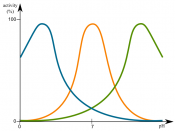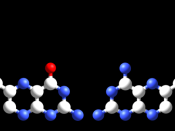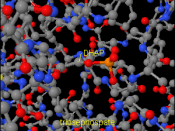Enzymes for Detergent Industry
For most people, the most popular known application of enzymes is in the manufacture of enzymatic washing agents (detergents). Since last 40 years, the use of enzymes in detergents has been the largest of all enzyme applications. Consumers of detergents are actual users of an enzymatic product. In majority of other applications, enzymes are used as auxiliary agents at some point in the manufacturing process and are not, as a rule, present in the finished product - not at any rate in an active form.
Proteases
Proteases are the most widely used enzymes in the detergent industry. They remove protein stains such as grass, blood, egg and human sweat. These organic stains have a tendency to adhere strongly to textile fibres. The proteins act as glues, preventing the waterÃÂborne detergent systems from removing some of the other components of the soiling, such as pigments and street dirt.
The inefficiency of nonÃÂenzymatic detergents at removing proteins can result in permanent stains due to oxidation and denaturing caused by bleaching and drying. Blood, for example, will leave a rustÃÂcoloured spot unless it is removed before bleaching. Proteases, such Palkogentâ hydrolyse proteins and break them down into more soluble polypeptides or free amino acids. As a result of the combined effect of surfactants and enzymes, stubborn stains can be removed from fibres. Recently, some other enzyme like lipases, cellulase and amylases have used in detergents.
Lipases
Though enzymes can easily digest protein stains, oily and fatty stains have always been troublesome to remove. The trend towards lower washing temperatures has made the removal of grease spots an even bigger problem. This applies particularly to materials made up of a blend of cotton and polyester.
In 2001, Maps shall introduce a lipase for the detergent industry. This lipase shall be...



Useful
I'm doing a research on Ariel enzymax and found this report very useful to be in my analysis.
Thanks goes to the cheathouse.com for its support for awesome and brilliant essays
0 out of 0 people found this comment useful.